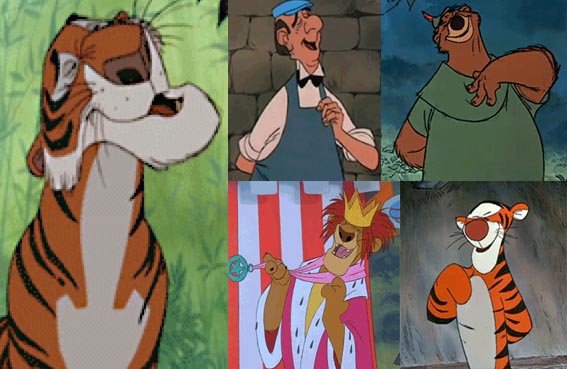
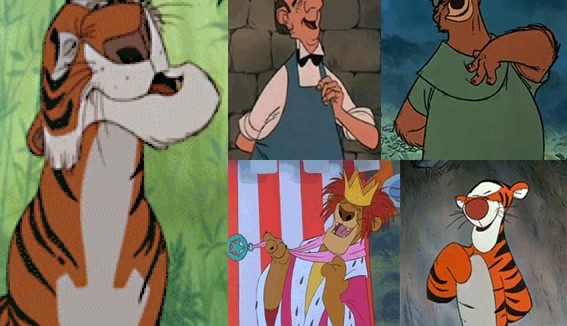
The Milt Kahl Head Swaggle
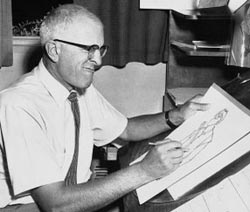 Like a signature, each animator has their own little quirks or trademarks that distinguish their animation from others. Some draw character’s features in a unique way (eyes, hands, etc.), some lean heavily on certain principles or include abstract imagery or gimmicks into their scenes, and some fall back on specific poses or gestures. The “Milt Kahl Head Swaggle” is an example of the latter, and it both intrigues and aggravates me at the same time.
Like a signature, each animator has their own little quirks or trademarks that distinguish their animation from others. Some draw character’s features in a unique way (eyes, hands, etc.), some lean heavily on certain principles or include abstract imagery or gimmicks into their scenes, and some fall back on specific poses or gestures. The “Milt Kahl Head Swaggle” is an example of the latter, and it both intrigues and aggravates me at the same time.
To clarify, the “Milt Kahl Head Swaggle” is when a character (animated by Disney legend Milt Kahl) sort of rattles his/her head from side to side, usually at times when they’re feeling cocky or self-assured. Sort of an “Am I great or what?” type of gesture.
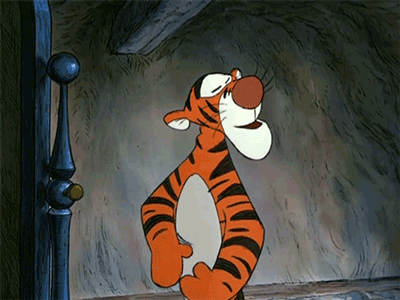
Again, I can’t deny how remarkable an animator Milt Kahl was, but for a long time I considered him to be a really hammy animator in the worst possible sense, and this gesture helped cement that idea for me.
In a Frank Thomas or Ollie Johnston scene, I could see the wheels turn in a character’s head and felt that the characters were sincere, emotionally-driven personalities. I never felt that in the majority of Kahl’s characters. A lot of his characters are like actors on a stage, projecting themselves a bit too far in their performances.
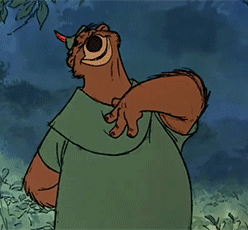
But at the same time, he uses this gesture for a reason, and it works well in every scene he implements it. He only used it on broader, more caricatured characters like Tigger, Sir Ector or Brer Rabbit, characters with strong egos and a cocky sensibility, and the gesture defines the character’s personality in the most simple and direct way possible.

Much like finding an often-reused piece of animation or sound effect in a Disney film, my dislike for it came only from repeated viewings. Because we live in the age of DVDs, Netflix and Quicktime files, we now can have a studio’s entire library literally at our fingertips, able to survey and dissect the content any way we choose, including surveying an animator’s entire forty-year output front to back and taking shots completely out of context like I have here.
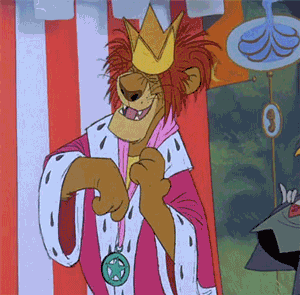
Another thing I realized over time is that Kahl seemed to prefer being a broader animator. For years he was stuck with the most difficult and seemingly less interesting assignments, which the rest of the animators couldn’t pull off because they weren’t as good of a draftsman as him. For example, he clamored to work on characters like Captain Hook but was stuck doing Peter Pan and the Darling children, or he was saddled with Alice instead of the more zany, off-the wall characters that populate the rest of Alice and Wonderland. He would end up designing a lot of these other characters, but never get to animate most of them.
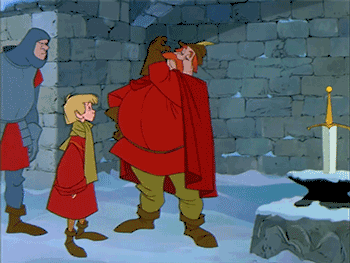
Luckily for him, by the 1960s, Kahl’s creative shackles were loosened and he was back to doing broader animation. He went all out on each assignment from The Sword in the Stone through The Rescuers. Each character he animated during this period overflowed with energy, all of which was probably pent up inside of him for so many years. His days of princes and realistic little children were over, and for the rest of his career he was able to let loose, have fun and do the things he wanted to do.
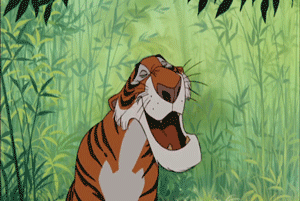
Milt Kahl knew he was a good animator, and he wasn’t afraid to show it through brash flourishes of animation. The head swaggle, corny and over-the-top though it may be, not only defines those Disney characters, but also defines the self-assured Kahl himself.
